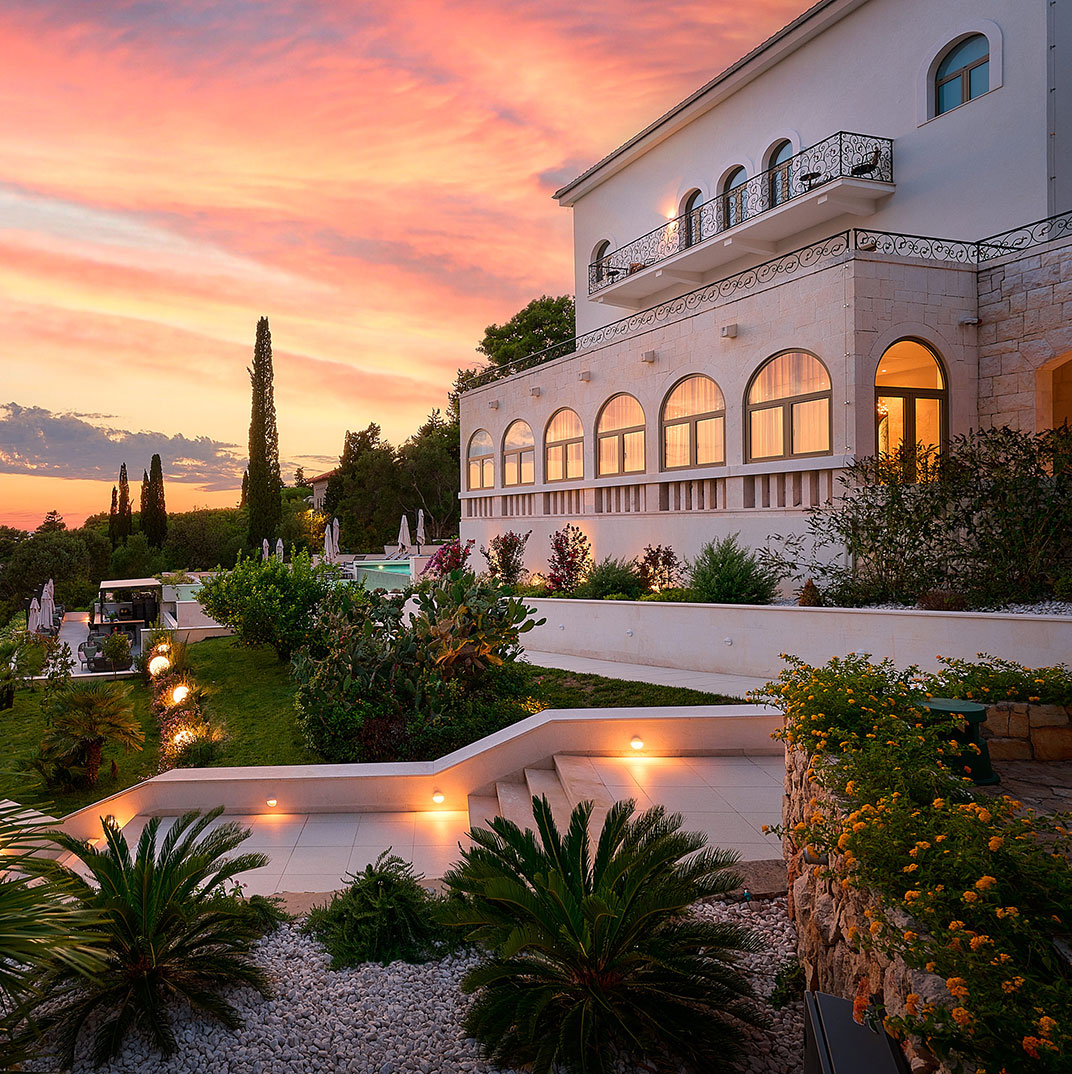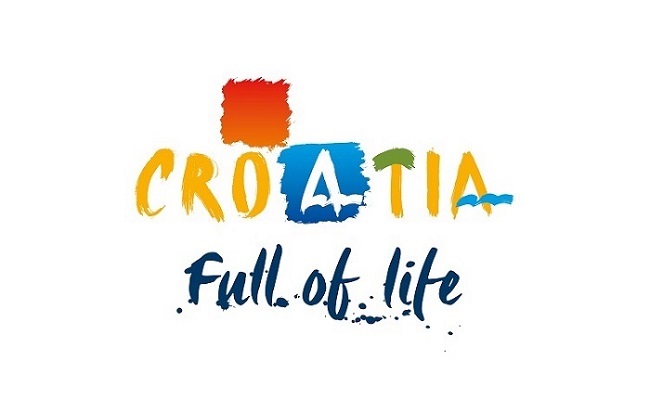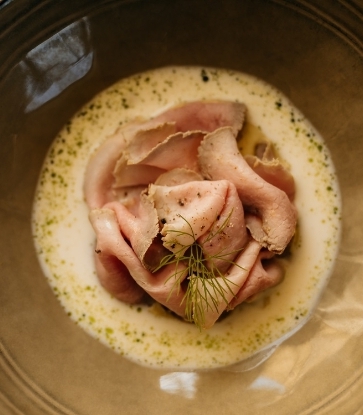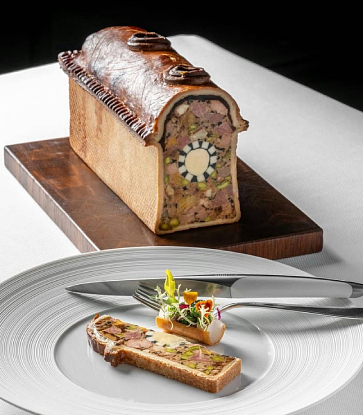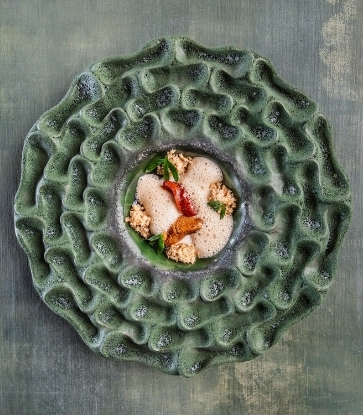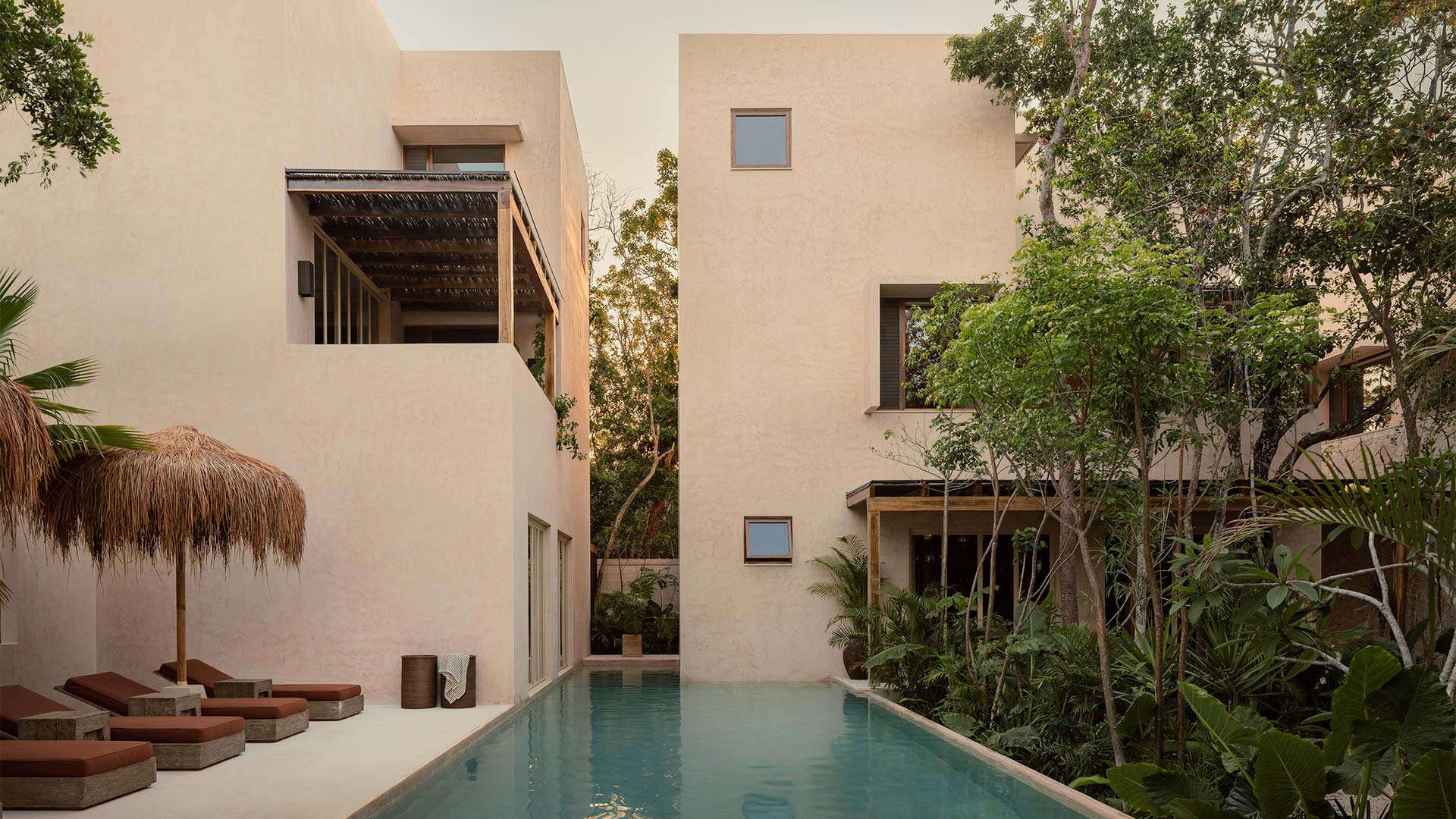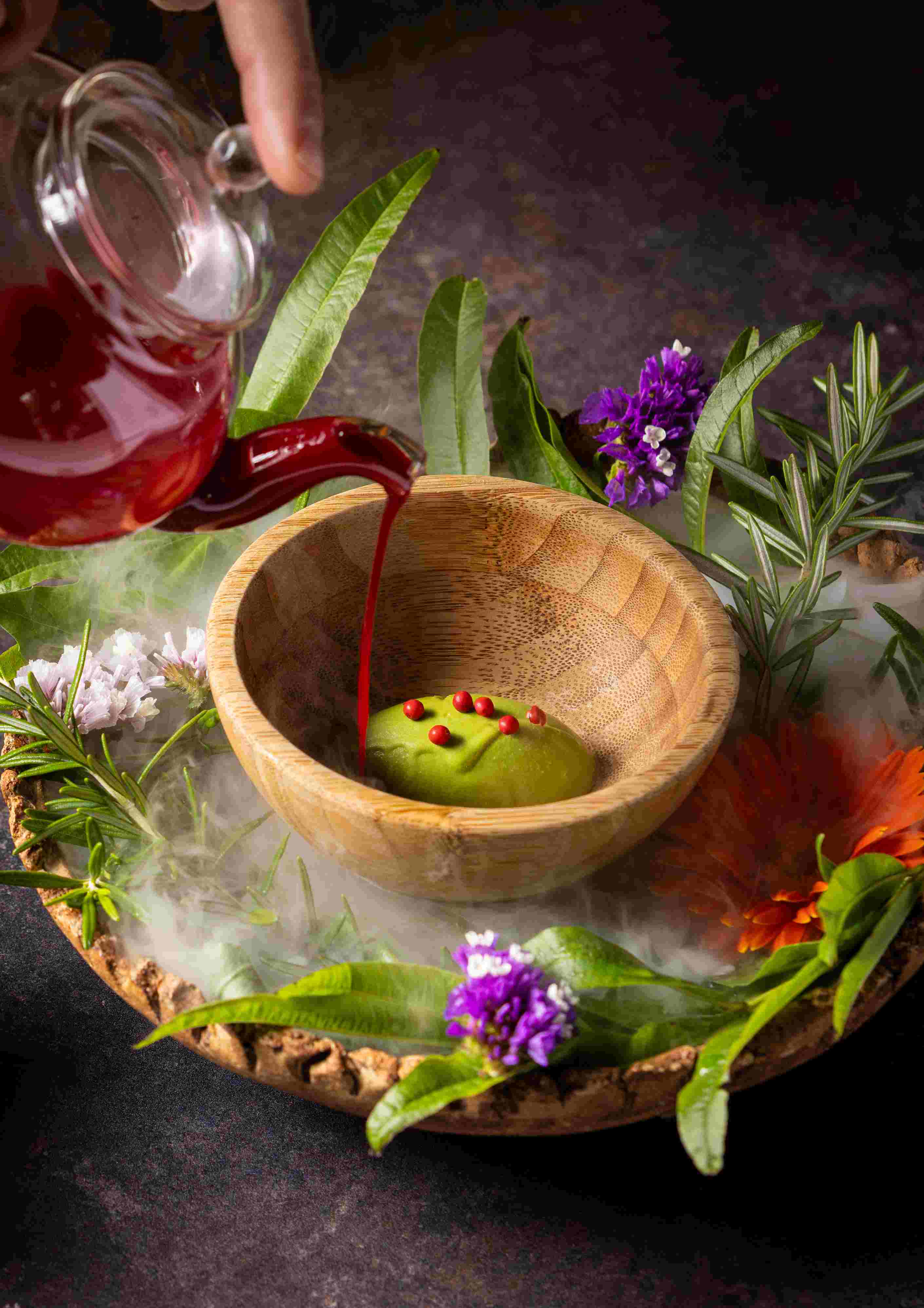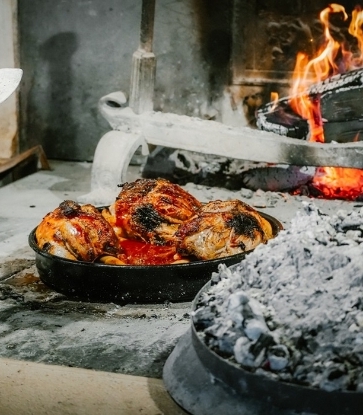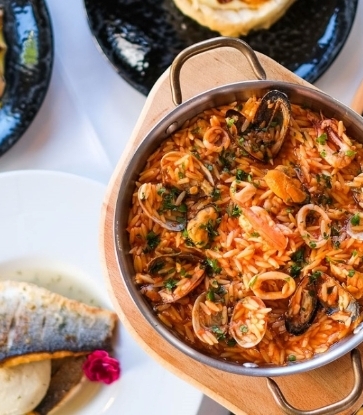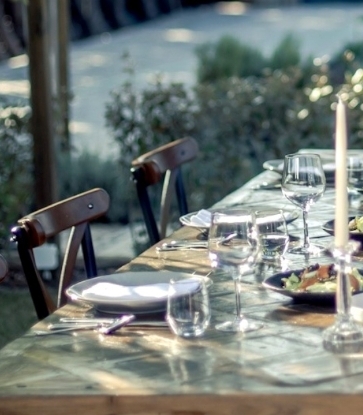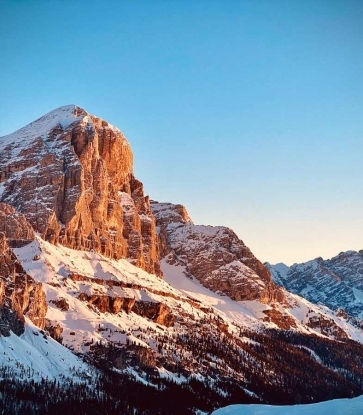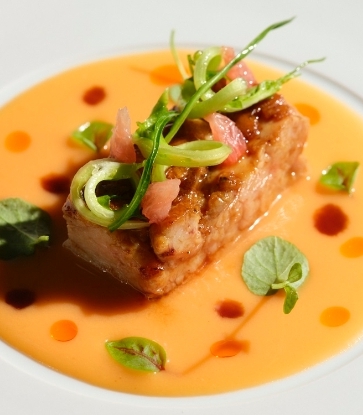The Irish playwright George Bernard Shaw once described it as "paradise on Earth," while journalist Enzo Bettiza referred to it as the sunlit edge of Central Europe, a favoured destination for elite tourism even in the 1930s. With its cosmopolitan hospitality and a diverse, spiced culinary palette, Dalmatia offers a tapestry of ancient walled cities, rugged coastlines, deep cliffs, and azure seas dotted with lush islands rich in greenery and Mediterranean aromas. This region is blessed by the sun, wind, sea, and a verdant coastline steeped in history, charm, and flavours.
Northern Dalmatia finds its vibrant heart in the city of Zadar and its surrounding region, a place that has inspired great filmmakers like Alfred Hitchcock, who declared its sunset one of the most beautiful in the world. Zadar's historical centre is encircled by medieval walls, a UNESCO World Heritage site, home to Croatia's oldest university, and holds literary accolades as the birthplace of the first Croatian novel and newspaper. History, art, sacred music, cultural and religious heritage; Zadar unfolds amidst locations of rare beauty such as People's Square and the harbour areas of Foša, Varoš, and Arsenal.
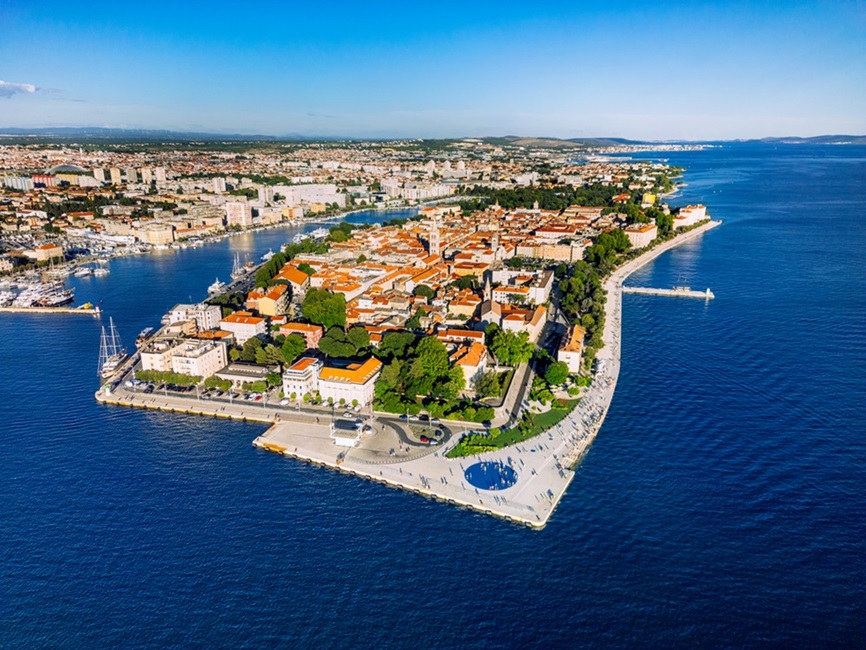
What to See in Zadar
The emblem of Zadar is the Church of St. Donatus, the most renowned building of Croatia in the High Middle Ages (9th century). Its cylindrical form is a notable example of pre-Romanesque European churches, echoing the circular courtly designs from Byzantine to Carolingian periods. It stands as an original edifice in its entirety, characterised by its monumentality (27 metres high), cylindrical shape, and dual internal spaces. Today, the church hosts numerous musical programmes due to its exceptional acoustic qualities.
On the theme of music, Zadar features the Sea Organ, adjacent to another modern installation, Greeting to the Sun. The sounds produced by the Sea Organ result from the release of the sea's energy through waves and tides. This unique installation stretches for about seventy metres along Zadar's seafront, where at low tide level, 35 tubes of various lengths, diameters, and slopes have been installed. As the sunset illuminates this area, the light displays of the Greeting to the Sun accompany the rhythm of the waves and the sounds of the Sea Organ. Indeed, the Greeting to the Sun, overlooking the Zadar Channel, the islands, and the famous sunset, consists of 300 glass solar panels in a circle, 22 metres in diameter, and is a hymn to light.
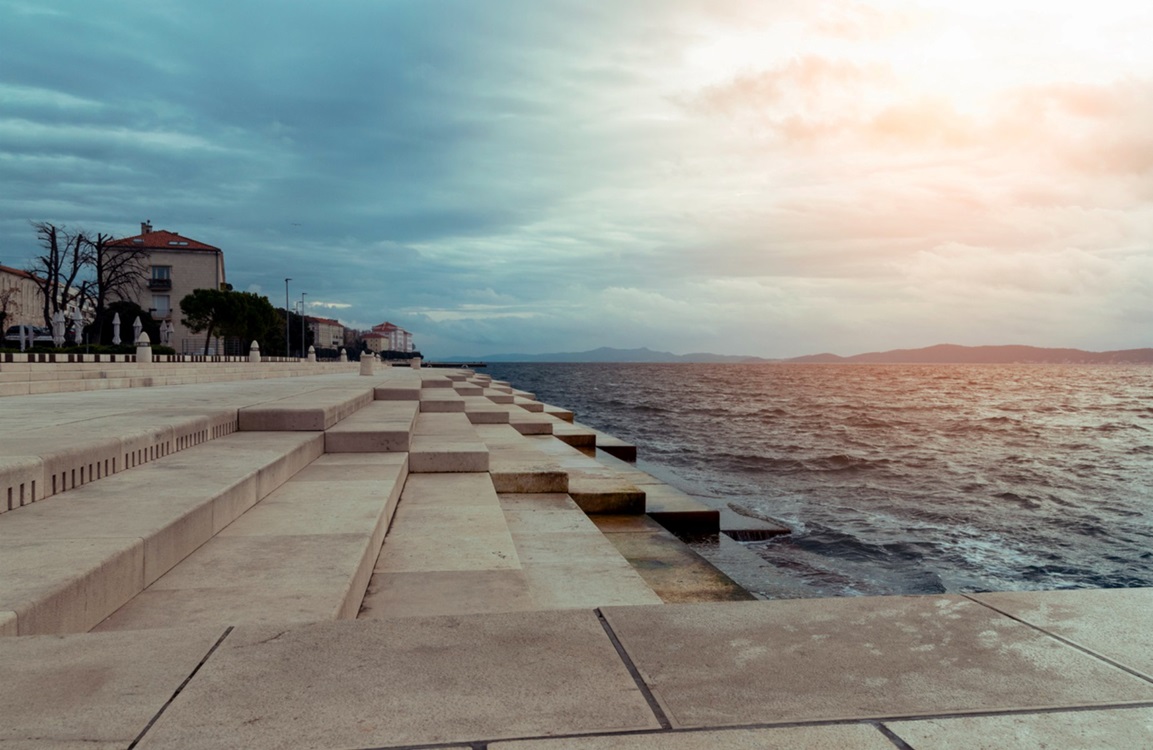
Dalmatia of Šibenik and Split
The Dalmatian region around Šibenik is renowned for its grand parks, majestic rivers, and breathtaking locales spanning both the coast and interior. From the peaks of Croatia's highest mountains to the smallest islands of the Adriatic, the city of Šibenik stands as the area's vibrant centre, boasting the imposing St. James Cathedral envisioned by Juraj Dalmatinac. This is the sole cathedral in Europe entirely built from stone sourced from the quarries of Brač, Korčula, and Rab islands, representing Europe's first modular construction using interlocking slabs with the inner and outer volumes perfectly corresponding.
In contrast, Central Dalmatia extends around the historic city of Split, which has thrived for over 1,700 years since its foundation by Roman emperor Diocletian. Split's historic centre is a UNESCO World Heritage site, notably featuring Diocletian's Palace, one of the best-preserved Roman buildings in Europe, and filming location for scenes from the television series Game of Thrones. Visitors should also explore the Golden Gate, St. Domnius Cathedral, and the old fishing harbour of Matejuška.
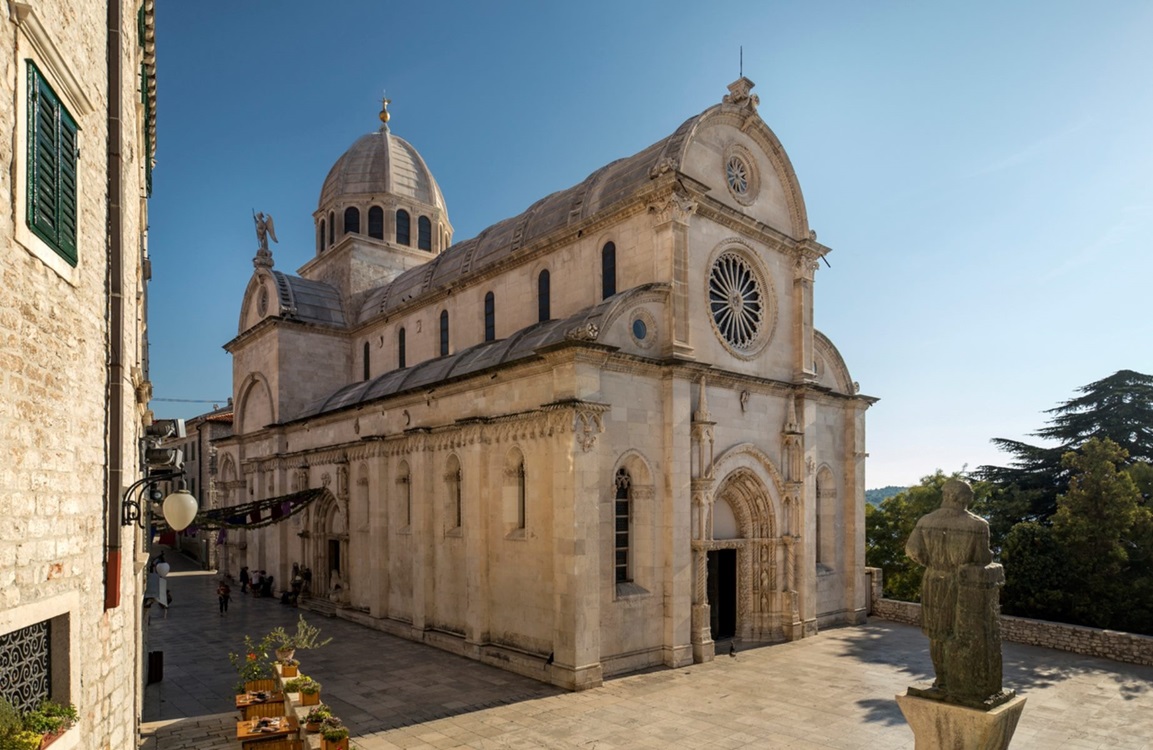
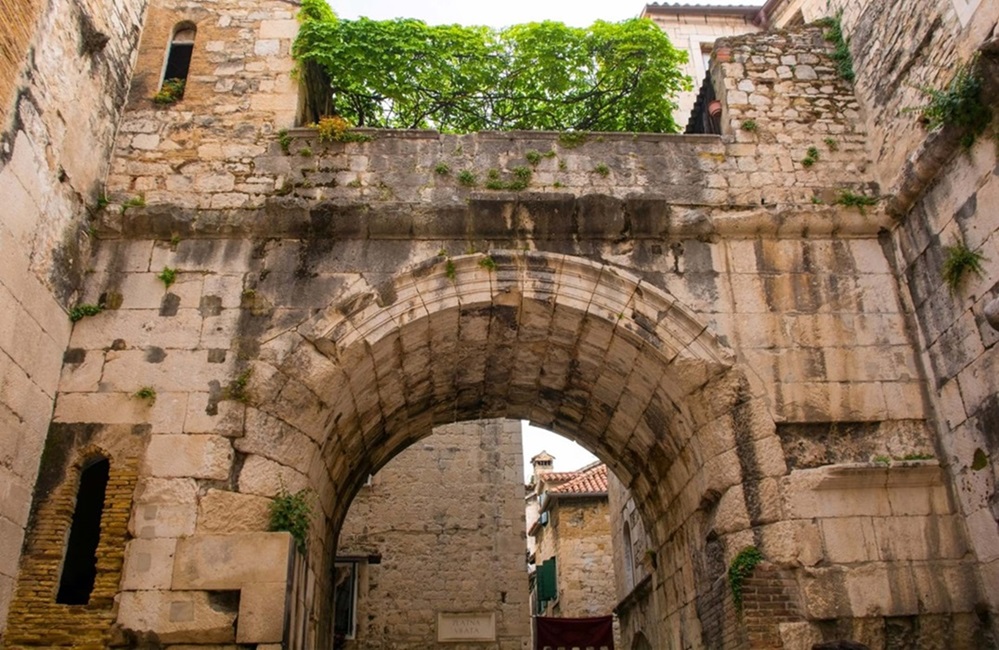
The Gastronomic Side Dalmatia
Zadar's market is undoubtedly one of Croatia's most picturesque. Here, visitors find seasonal fruits and vegetables from local farmers, extra virgin olive oil, cheeses, spirits, and, of course, excellent fresh seafood including scampi, sardines, mackerel, rays, octopus, cod, sea bass, bream, mackerel, and tuna. No conversation on Zadar's cuisine is complete without mentioning maraschino liqueur, crafted from the sour cherry. The area also boasts Pag cheese, Croatia’s most awarded, with a flavour reflecting the local Mediterranean vegetation, brodet (a dish of fish and crabs), fish grilled with Pag and Nin salt, or Nin šokol, the pork neck marinated in Benkovac red wine. In Šibenik, sampling local specialties like cheese made in a goatskin or wild oysters, grilled fish prepared with meticulous simplicity, and Skradin-style risotto featuring meat that's tenderised by twelve-hour slow cooking, adds to the culinary allure. The Split region serves up Dalmatian pašticada, freshwater crab delicacies, tasty aromatic desserts, savoury pies from Vis, Hvar, and Komiža, sausages, and Sinj's arambašići, cabbage leaf rolls filled with beef and pork.
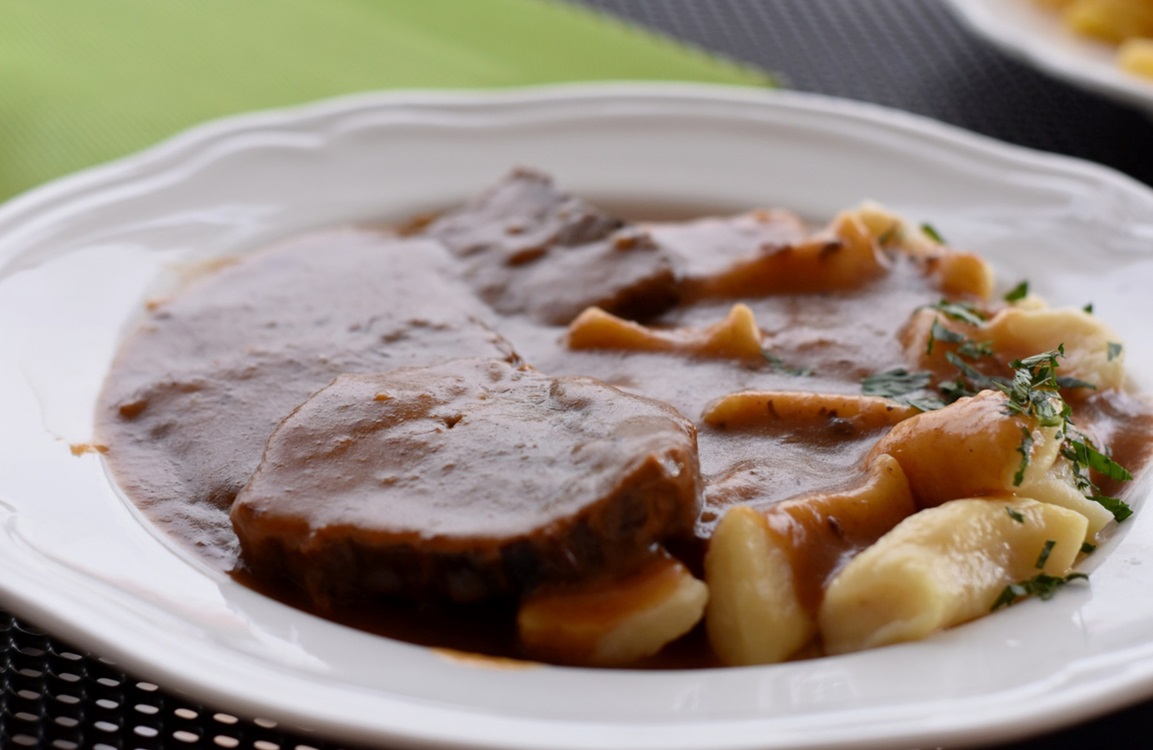
Where to Eat
Kaštel
Hotel Bastion located in the heart of Zadar amid medieval castle walls boasts the cherished Kaštel restaurant, led by Chef Mate Bevanda, who celebrates the area's ingredients and history. Local tradition is rendered with a modern twist, complemented by locally sourced wines: summer dining on the panoramic terrace offers a delightful blend of Mediterranean flavours rooted in Dalmatian culture with gracious nods to nearby Italian influences.

Krug
Located in Split, Krug restaurant offers an inviting culinary experience centred around an open kitchen and a counter seating twelve. Emphasising fresh, locally-sourced produce from farmers, butchers, and fishermen, Krug’s menu showcases homemade bread, butter, ferments, pickles, and non-alcoholic beverages from water kefir, soda, or kombucha. Dry-ageing techniques refine both fish and meat, presenting bold, substantive flavours.

Pelegrini
Centrally located in Šibenik's old town, within the Renaissance Villa Pelegrini Tambača, Pelegrini restaurant showcases Chef Rudolf Štefan's devotion to regional ingredients and wine production collaborating with local grape growers. His produce, including estate-grown extra virgin olive oil, and Šibenik-sourced fish and meat, marry Dalmatian culinary traditions with modern vision: iconic dishes include slow-cooked duck breast pasta served with pecorino sauce, confit duck breast, and celery slices.

Konoba Griblja
Nestled in the charming village of Sukošan near Zadar’s seafront, Konoba Griblja offers a dining experience rich in Dalmatian tradition within a quaint stone building featuring a fireplace and terrace. Chef Braco Sanjin presents a menu highlighting seafood (such as squid, shrimp, and clams), grilled dishes, and refined meals embodying the region's gastronomic heritage—tagliatelle with scampi, sun-dried tomatoes, and pistachio powder, smoked swordfish carpaccio with barley, cranberries, and pepper, horse steak with demi-glace sauce, or foie gras medallions with cognac sauce and tiger shrimp being standouts.

Konoba Tri Piruna
Vodice's historic Tri Piruna restaurant, established in 1973, exudes an authentic, welcoming atmosphere, amplified by its wooden and stone decor. Showcasing Mediterranean flavours crafted from local ingredients, the restaurant’s cuisine presents traditional recipes with modern sensibilities. Offerings include oysters, octopus salad, foie gras, snails, fish soup, fuži pasta with prawns and truffle, or Vodice-style rabbit served with pasta.

Where to Stay
Villa Nai 3.3
Perched on Dugi Otok in central Dalmatia, off Zadar’s coast, Villa Nai 3.3 - recently awarded with 3 MICHELIN Keys - lies amidst national parks, a nature reserve, and numerous small islands. Designed by Croatian architect Nikola Bašić, the resort harmoniously integrates into the island's hillside using stone from local caves, enhanced by an ancient operating olive mill providing oil served in Villa Nai’s gourmet restaurant. The property also features a wellness centre and two pools, one indoors.
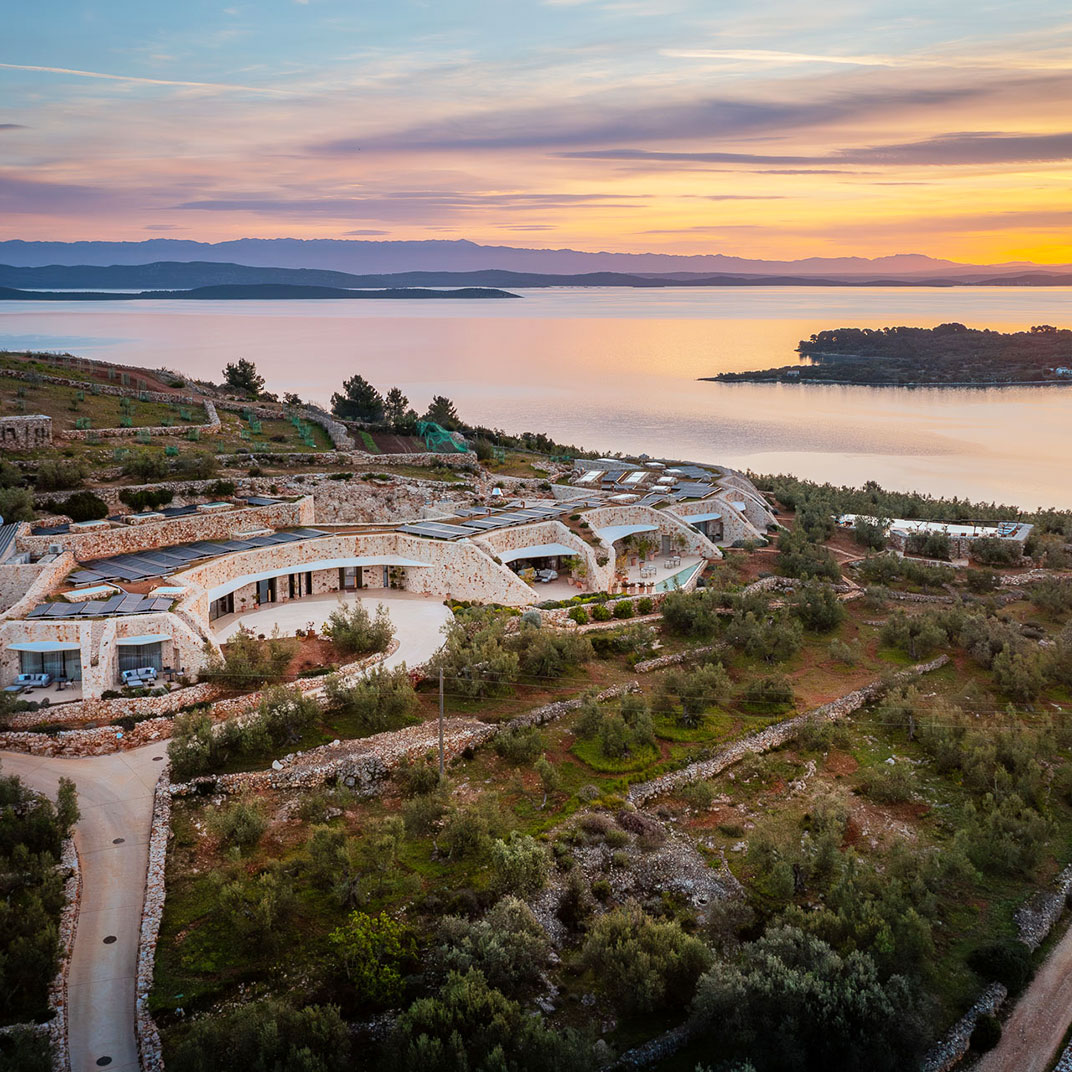
D-Resort Šibenik
At the renown fortress Šibenik’s peninsula point, amidst lush national parks, olive groves, and vineyards, lies the contemporary tear-shaped D-Resort Šibenik. Accommodating sixty rooms, six suites, three villas, the resort radiates minimalist elegance offering breathtaking views from any perspective. Its Mediterranean restaurant showcases local ingredients along with an extensive wellness area.

Hotel Moeesy, Blue & Green Oasis
Located in Hvar, Hotel Moeesy, Blue & Green Oasis is a luxury boutique hotel built in 1929, boasting a private, residential feel. With a petite spa, three pools, and two fountains encircled by five thousand square meters of greenery, the hotel offers a seaside escape. Its restaurant serves Mediterranean cuisine focused on local herbs and products.
In crafting travel summaries for culinary and accommodation experiences, Guide MICHELIN embodies vivid narrations, honouring each destination’s essence through regional nuances, delightful discoveries, and unique perspectives.
